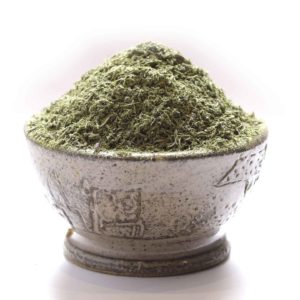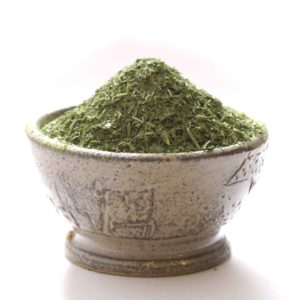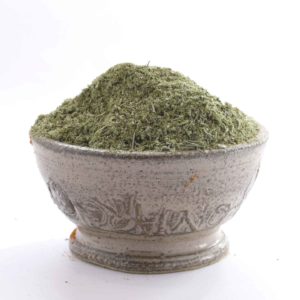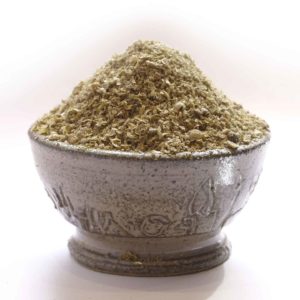0
- ONLINE GROCERY
- OUR HISTORY
- BLOG
- CONTACT
- MY ACCOUNT
- PRO
2,30 €35,20 € /kg
A common ingredient in curries and curry powder, it is often used in Indian cuisine to color dishes. Like ginger, Suroma turmeric powder has the highest curcumin content, at around 10%.
And as always, our spices are ground to order for freshness and flavor, one of the hallmarks of Place des Epices.

Often mistaken for saffron, organic turmeric is the most widely consumed spice in India. In powder form, it is used in the famous yellow "Piccalilli" blend. As a rhizome, it is rarely eaten fresh (in the ginger family). Turmeric is boiled, then dried for a few weeks, before being sold chopped (shown here) or ground into a very fine powder.
Turmeric is an herbaceous perennial, 100-150 cm high. Erect and rhizomatous, it is also known as Indian Saffron or Turmeric; it produces long, lanceolate leaves and numerous flowers, but never fruit. This is one of the drawbacks of its propagation, which is exclusively clonal.
Belonging to the Zingyberaceae family, turmeric essentially comes in two species: Curcuma aromatica (wild turmeric) and Curcuma longa (a naturalized sterile hybrid), the species domesticated in India for rhizome production.
Most likely native to South Asia, turmeric grows in warm, humid climates (tropical with high rainfall or irrigated cultivation), at altitudes of 450-900m (even up to 1200m in the Himalayan foothills), in rich loamy soil, in partial shade. Harvested 7 to 12 months after planting, the rhizomes are boiled for an hour, then dried for a week in the sun.
Before it was a spice, turmeric was a medicinal plant used in China and India since 4000 BC. It protects the liver and stomach, and combats ulcers and intestinal inflammation. Fluidifying the blood, it reduces the risk of heart disease and prevents cell ageing through its antioxidant action. Applied as a poultice, it also relieves eczema, mycosis and psoriasis. It produces curcumin, a powerful anti-inflammatory effective against rheumatism. It is widely used as a dye in West Africa (fabric, religious rites).
By bringing curries back from India, the British introduced turmeric to Europe, albeit very recently. This has not prevented the WHO from recognizing its efficacy in treating stomach disorders, while numerous scientific studies are being carried out on curcumin and its efficacy in treating certain cancers.
Common name: Curcuma
Botanical name: Curcuma longa L.
Botanical family: Zingiberaceae
Part used: Rhizome
Origin: India
Harvesting time: ND
Harvesting technique: Manual
Storage : Dry
Cultivated / Wild : Cultivated
Guarantee: Organic, certified by FR-BIO-01
Storage conditions: Protect from heat, light and humidity.
Shape: Powder
Color: Orange to brown
Odor: Faint, Slightly pungent, Musky, Pungent
Taste: Aromatic, Characteristic, Slightly pungent
| Weight | 50 g |
|---|---|
| DLUO | |
| Continent-Country | Asia |
| Color | Orange |
| Botanical nomenclature | Curcuma longa L. |
| Weight | 80g box, 50g pouch, 100g pouch, 200g pouch, 500g pouch |
| Grinding | fine powder |




|
L'atelier ferme du 17 au soir au 10 août inclus. Derniers envois le 16 juillet. Vous pouvez cependant passer vos commandes durant cette période pour une expédition dès notre retour. |